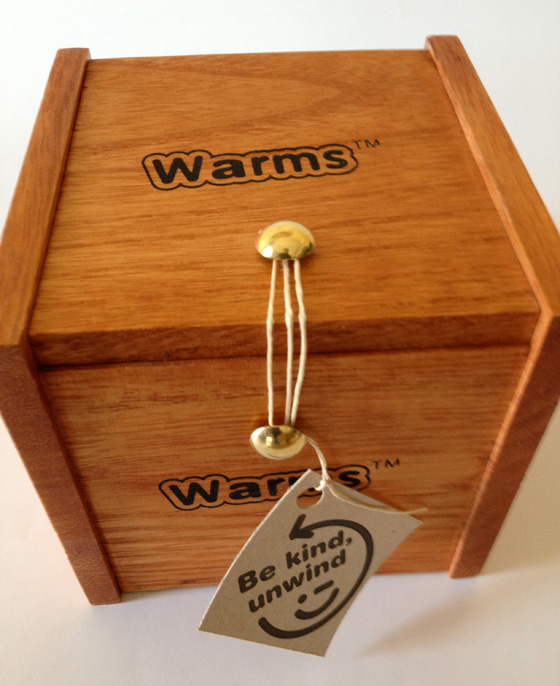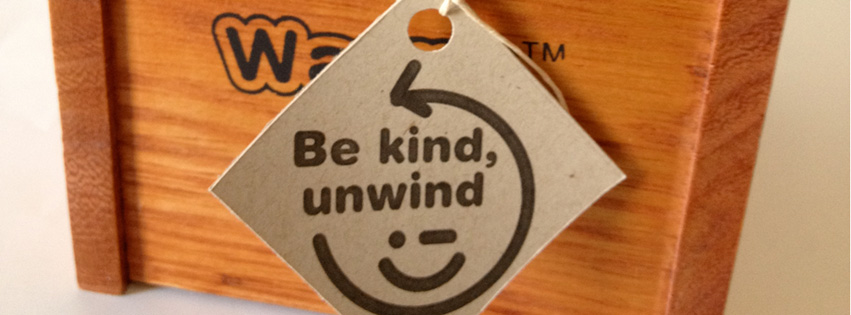This is post was originally published in Fall 2011 on the now-defunct Warms blog. Tis the season, and it fits the theme since popularized in viral holiday videos by WestJet, UPS, and others.

In 2004 Ikea amused and impressed Swedish train commuters by handing out free pillows during the morning rush hour. Each pillow said “Better Sleep for everyone” and of course indirectly linked Ikea to beds and good sleep.
In 2007, as part of the largest US campaign ever for Maxwell House, Kraft Foods included a clever gift element along with its sampling program. They took over tollbooths nationwide from 7 a.m. to 9 a.m. and in addition to handing out millions of coffee samples they also picked up the toll tab for motorists.
In 2010 popchips launched its brand of healthier snack chips using a combination of influencer seeding and gifting to friends via social shareability. Over 2000 personalized popchips gifts were sent out and the brand has risen in profile ever since. (↬Flowtown)
In 2011, Kimberly-Clark’s Kleenex brand sent over one million tissues mini-boxes as part of its “Softness Worth Sharing” campaign introducing a new softer version of the tissue. The program let people send samples to friends and family via Kleenex.com. It lifted market share at least 1.7 points (↬Flowtown).
And recently, Canadian retailer Shoppers Drug Mart has been randomly handing out to customers free surprise gift cards worth $10, $25, $50 or even $100 off a subsequent purchase. This approach employs a technique called a lagniappe – a small gift added by the merchant, in the same way a baker might throw in a 13th donut with the dozen.
Gift marketing is a concerted way for brands to make a positive impression by unexpectedly delivering something of substance or value to either a key prospect or a valued longtime customer.
Gift marketing is a combination of branding, advertising, promotion, PR, social engagement, product sampling, and customer service. It’s old in the sense that companies have long sent preferred clients calendars, holiday baskets, and perhaps some bonus reward points, but it’s new in that these activities are becoming more planned, more creative, more finely targeted and better measured (ROI), and larger in scale.







